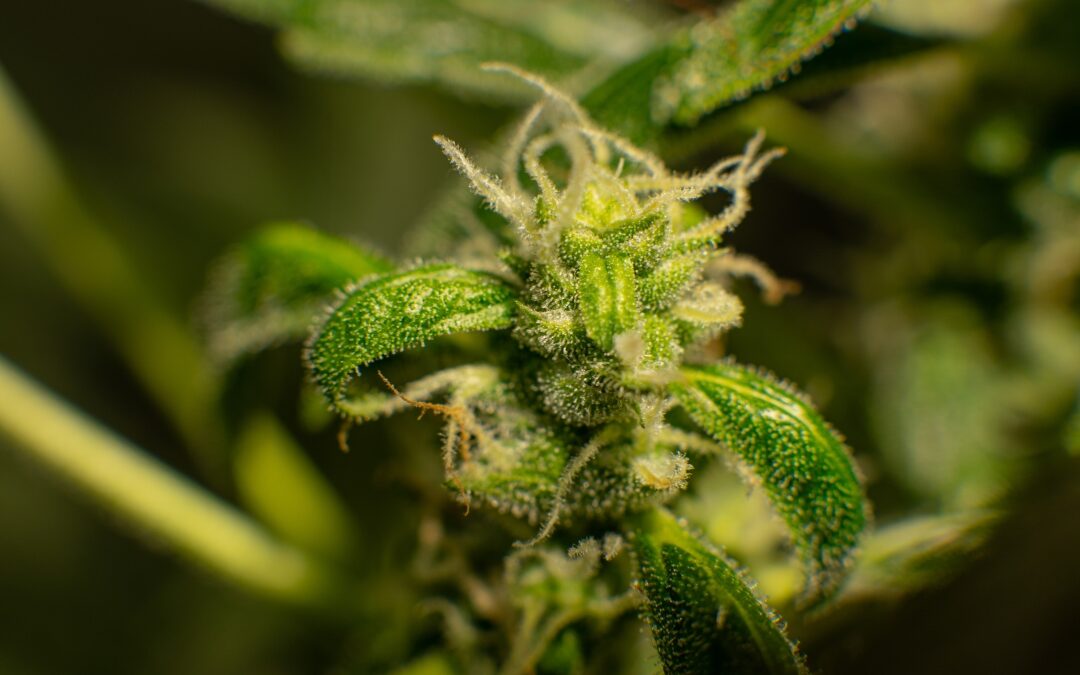Nowadays, cannabis products labeled “Sativa,” “Indica,” and “Hybrid” are displayed on shelves in all dispensaries across the US. However, consumers and the industry are overusing these terms to describe different cannabis strains. The truth is that this classification system is outdated and should be abandoned if scientific accuracy is our main priority.
You may know that a “Sativa” strain provides users with an energetic, uplifted high, and an “Indica” strain offers a more calming body high. However, most current cannabis strains are hybrid, and it’s nowadays very rare to find pure Indica or Sativa.
But do these terms matter for your cannabis experience? Let’s find out!
Common Beliefs about Indicas and Sativas
It’s a common belief that Sativa strains are more motivating and stimulating, while Indica strains are more tranquil and relaxing. And that hybrid strains combine the effects of both Sativa and Indica. However, Indica does not always provide a couchlock effect, and Sativas do not always energize users.
The thing is that these two terms describe the physical makeup of a plant, and their roots are in botany rather than effects. Additionally, because everyone’s body chemistry varies, a strain may impact each individual differently. Even among the same species of cannabis, different plants have different effects. It all depends on the chemical composition of the plant and the growing method employed.
Consideration of terpene (smell and taste) and cannabinoid (THC, CBD, CBN) content is the best way to understand a strain’s effects. Instead of looking at the general labels, you can make better-informed selections by looking at the description of the grower and the dispensary provides.
The truth behind Sativas and Indicas
Cannabis Indica and Cannabis Sativa are the two marijuana species that science has recognized since the 18th century. Botanists use Sativa, Indica, and Hybrids to describe plants from the cannabis family. The truth is that there are no longer any genetically pure Sativa or Indica strains because of the crossbreeding that has occurred over the past 40 years.
Because they have primarily been hybridized, the Sativa and Indica you see in a dispensary have absolutely nothing to do with the actual plants, according to genetic research. In general, a true Indica will make you feel sleepy, hungry, and relaxed. And pure Sativa will make you feel energetic, focused, and creative. Those are the two ends of the spectrum of the effects that cannabis can cause, keeping in mind that every individual will respond differently to various cannabis strains.
Differences between Sativas and Indicas
Botanists use physical characteristics to distinguish different strains of plants, such as variances in height, branching patterns, and leaf form. And that’s where the terms “Indica” and “Sativa” come from.
The Cannabis Indica plant originated in the Middle East, i.e., Afghanistan, Pakistan, and Tibet. Because of their surroundings, they grew short and dense, and their life cycle is shorter, they can be harvested before the cold and winter arrive. Compared to Sativa plants, Indica plants are smaller and have a woody stalk rather than a fibrous one. The CBD to THC ratio is relatively close to 1:1, but they often contain more CBD than Sativas. However, the THC content isn’t necessarily less in Indicas.
Sativas, mostly regarded as energizing, was initially grown in warm and humid climates. Their origin comes from Africa, Southeast Asia, and Central and South America. Sativa plants generally have more THC than CBD. They grew long and lanky, trying to dry out and absorb less moisture. They take longer to mature than some other varieties of cannabis and can reach heights of more than 12 feet. Sativa can benefit people experiencing depression, headaches, nausea, or loss of appetite.
Again, it is essential to note that scientific research does not entirely support these claims. Some Sativa plants may be energizing while others may not. The same goes for the Indicas.
What matters most for your cannabis experience?
Cannabis is highly complex. Each strain has a unique chemical makeup that interacts differently with each person’s body chemistry; the same strain may have completely different effects on you and someone else.
Even though the Sativa vs. Indica vs. Hybrid classification system is still widely used, science has revealed a better way to determine the effects of a strain; the entourage effect. In other words, the combination of cannabinoids and terpenes, the compounds that make up a particular strain’s chemical profile. This can give us more information on a strain’s medical potential, side effects, and overall profile.
Fortunately, we know now that we can search for a more precise model and look for a strain’s cannabinoids and terpene profile to understand its health benefits and effects better. However, the indica/sativa/hybrid model is a straightforward, quick, and simple approach to gauge how a strain will generally affect you.

